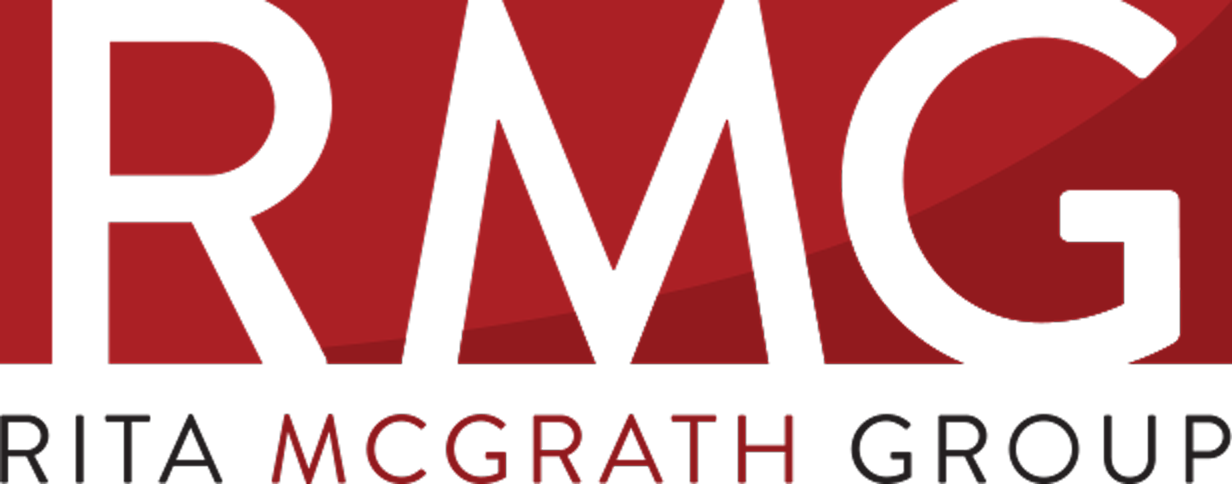
In the world of strategy, there’s been a long-held belief in a sustainable competitive advantage—you find an attractive place in an attractive industry, throw up entry barriers, and exploit the advantage for a long period of time. However, in more and more parts of our economy, competitive advantages just aren’t lasting as long as they used to, and companies are having to continuously refresh their competitive advantages as they become irrelevant.
At the recent Career Mastery Kickstart Summit, I joined executive coach May Busch to share how individuals in this new transient advantage economy can succeed in their careers. None of us wants to come out on the wrong end of an inflection point and end up like the former employees of Nokia, for example. So how do you prepare yourself for unexpected career changes?
Here’s a handy checklist of ten questions to ask yourself:
1. If your current situation were to change, would you be able to find another equally attractive situation? What would you do if you suddenly lost your job tomorrow?
2. How well-known are you within your industry? Are you considered a thought leader? Are you able to clearly articulate how you uniquely add value?
3. Have you worked in some meaningful capacity with at least five organizations sometime in the last two years? You can’t plan your job opportunities, but you can make it more likely for serendipity to come your way by growing your network.
4. Have you learned a meaningful new skill? The skills that got you to where you are might not be the skills that help you recuperate from a career setback.
5. Have you attended a course or training program in the last two years? It’s not only an important way to keep from getting stale, it’s also a great way to meet people.
6. Can you name off the top of your head ten people who would be useful conduits for new connections? The deeper your network, the more expansive your reach for potential new opportunities. If you can’t name ten contacts, try taking even just an hour or two per week to invest in meeting people and building up social capital. And if you do have a sizeable network, make sure that you’re keeping those ties warm by continuously connecting and not just reaching out when you need something from them.
7. Are you actively engaged with at least two personal or professional network groups? And do people in the group know you, or are you stuck behind the scenes?
8. Do you have enough resources that you could take time off to retrain or refuel? Do you have a rainy day fund for transitions? Or will an interruption be a disaster?
9. Do you have multiple income streams? What skills can you charge for? In today’s world, it’s easier than ever to launch a side gig—and add to your rainy day fund.
10. How flexible are you with respect to location? Are you able to relocate to where there may be greater opportunities, or are you constrained geographically?
If you’re feeling overwhelmed by this list, my recommendation is to pick one or two items to focus on each quarter. Think of this as a simple guide to help you pinpoint any areas of vulnerability and make sure that you’re building up resilience in case the unexpected happens.
